In several RS-485 application notes one can find a graph that describes the relationship between data rate and cable length, like this one:
But not a single document describes how to calculate it on your own correctly. It must depend on several factors, such as the receiver's sensitivity, cable characteristics (resistance and capacitance per meter), and, ultimately, the line termination.
So the question is: has anyone seen an application note or even a standard/book which describes how this graph should be calculated properly?


